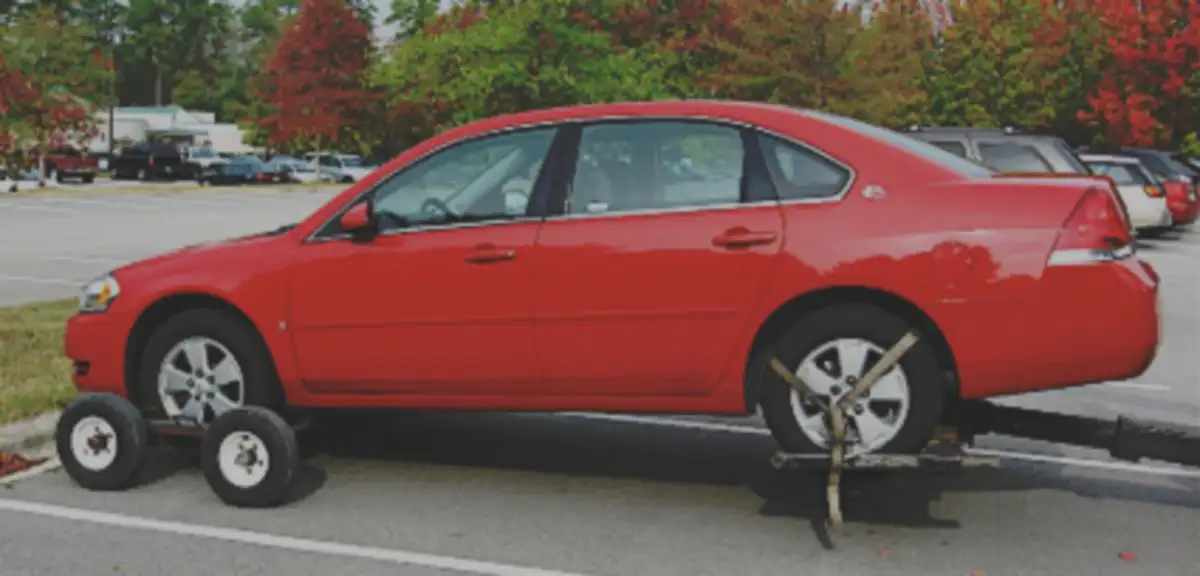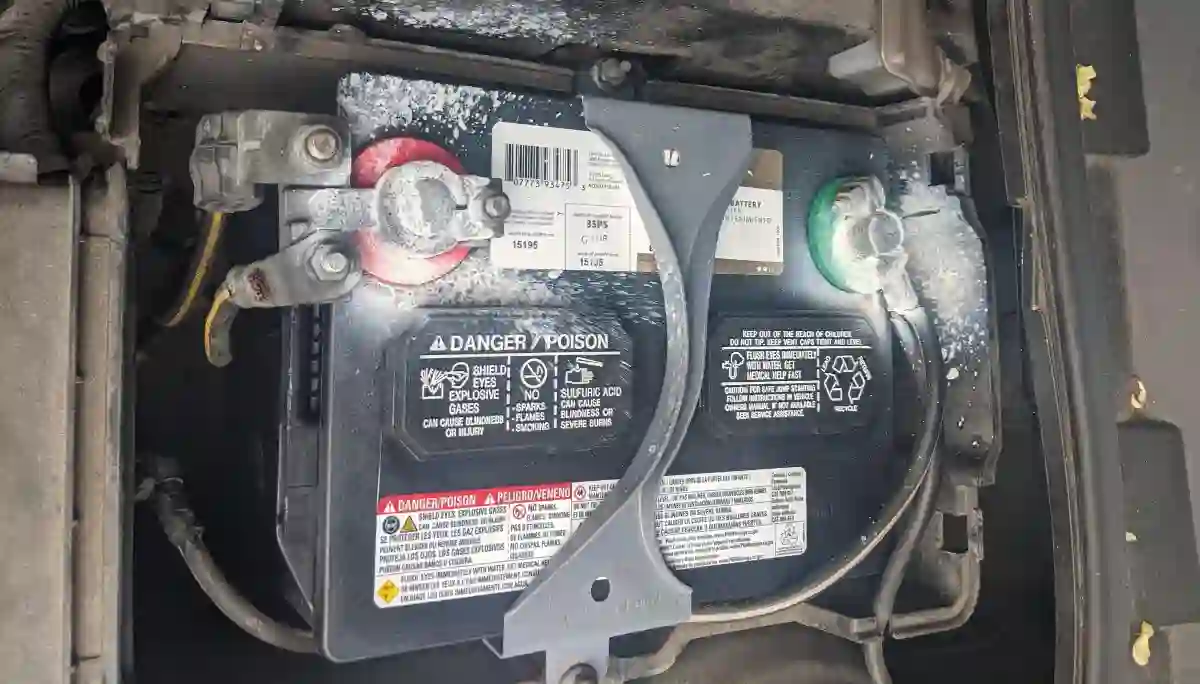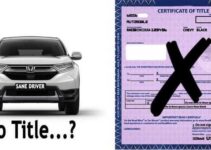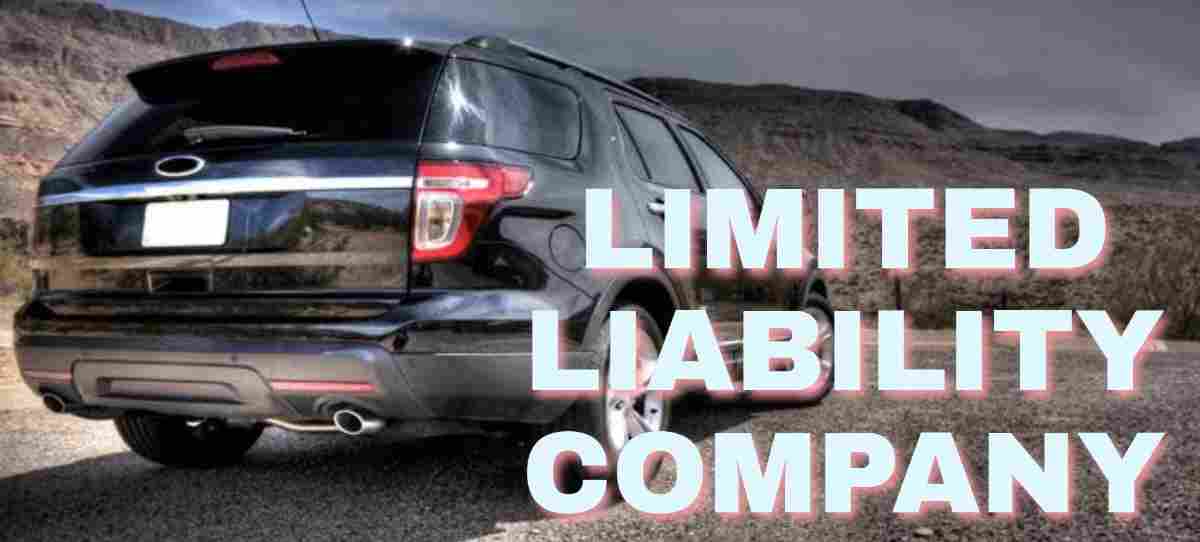It is generally difficult to jump start automatic car without cables. So, if your car battery is dead and you don’t have jumper cables, your options are limited. Moreover, jumper cables work because they are very thick wires capable of transferring enough Amps to the car that needs the jump.
It is typically easier to jump manual transmission vehicles though. And manufacturers of most vehicles using automatic transmission never recommend a method such as a push start. But if you find yourself stuck in the situation, you have options, although limited but useful options to get started again.
Jump Start Automatic Car Without Cables [4 Methods]
Consider any of these methods you can use to get your automatic transmission car to start without jumper cables:
Method 1: Push Start

This is an old technique drivers use to start their vehicles when the battery goes flat. However, do not try this on modern automatic cars as it could cause severe damage to the car’s transmission. Even if you manage to start an automatic car by pushing, it may lead to costly repairs down the line. If your vehicle is older and you decide to attempt a push start, you’ll need at least one or two other people to help. They will need to push the vehicle while you steer and try to start it. Once the car is moving at around 5-10 mph, try turning the ignition to start the vehicle.
Here are the steps to jump start automatic car without cables tabulated for push starting:
| Step | Instructions | |
|---|---|---|
| 1 | Make sure the car is in ‘D’ (Drive) or ‘2’ (Second gear), not in Park (‘P’) or Neutral (‘N’) | When the car is in ‘Drive’ or ‘Second,’ the driving wheels are connected to the engine through the transmission. |
| 2 | Turn the ignition to ‘Run’ | The ‘Run’ position is just before the ‘Start’ position where your key is when the engine is running normally. |
| 3 | Have people push the vehicle | You’ll need helpers for this. This is difficult and potentially dangerous, so only attempt it in a safe, flat, open area and as a last resort. |
| 4 | Once the car is moving, take your foot off the brake | This can allow the movement of the wheels to start turning the engine. This is the principle of a push start. |
| 5 | Be ready to brake | If the engine starts, depress the brake pedal immediately to stop the vehicle and prevent it from running out of control. |
Always check your vehicle’s manual or consult with a professional mechanic or roadside assistance before attempting this method.
Method 2: Call for Roadside Assistance

This is the safest and often the most stress-free way to jump start automatic car without cables. Roadside assistance programs are designed to provide help to drivers when their vehicle breaks down on the road.
Services include towing, tire changes, lockout service, fuel delivery, and battery jump-starts. Many car insurance companies offer roadside assistance as part of their services, and organizations like AAA specialize in it.
The best thing about roadside assistance is that help comes to you. Whether you’re stranded on the side of a busy highway or stuck in your driveway, a trained professional will come to your location and provide the help you need. They’ll have all the necessary equipment to jump-start your vehicle safely and will be able to determine if your battery needs replacing or if there’s another issue that needs to be addressed.
Method 3: Replace the Battery

If your car’s battery keeps dying, it could be time for a replacement. Car batteries generally last between 3-5 years, but their lifespan can vary based on how often you drive, the conditions in which you drive, and how well you maintain your vehicle.
Make sure you get the right type of battery for your vehicle, so check your car’s manual or speak to an expert at an auto parts store. Once you have your new battery, you’ll need to remove the old one and install the new one.
Remember, car batteries are heavy and contain acid, so you need to be careful when handling them.
Disconnect the battery’s negative terminal first to reduce the risk of a short circuit, and don’t let metal objects come into contact with the terminals. After the new battery is installed, some vehicles may require a drive cycle to relearn the computer’s settings.
Check your vehicle’s owner manual to see if this step is required. Always make sure to properly recycle your old car battery.
Method 4: Use a Portable Jump Starter/Battery Booster
Battery boosters contain a battery of their own, which can be used to start an automatic car if the battery dies. To use one, you connect it to your car’s battery in the same way as you would when jump-starting with another vehicle.
When choosing a portable jump starter, it’s vital to pick one that’s suitable for your car. Different jump starters are designed for different types of vehicles, so check that the one you’re looking at is powerful enough to start your car’s engine. Some are designed for use with smaller engines, while others are capable of starting larger, more powerful vehicles.
Make sure to charge the device regularly, as a jump starter with a flat battery won’t be of any use when your car’s battery is flat. The user manual should tell you how often to charge it, but a good rule of thumb is to charge it after each use and every few months during periods of inactivity.
Moreover, many of these devices come with additional features that could prove extremely useful in an emergency.
Some models feature a built-in air compressor that can inflate your car’s tires, a USB port for charging your mobile device and even an LED flashlight that can be used in the dark. Investing in a device with these extra features could be well worth it in the long run.
Method 5: Jump an Automatic Car with Another Car
Follow these tabulated steps if you can find another vehicle to help jump start automatic car without cables.
| Step | Instructions | |
|---|---|---|
| 1 | Park the working vehicle | The vehicles should be close enough so the jumper cables reach, but not touching each other. Both cars should be turned off. |
| 2 | Connect the jumper cables | Attach one end of the red (positive) jumper cable to the positive terminal on the dead battery. Attach the other red (positive) cable to the positive terminal of the working battery. Attach one end of the black (negative) jumper cable to the negative terminal of the working battery. Attach the other black (negative) end to an unpainted metal part in the dead car, not near the battery. |
| 3 | Start the working vehicle | Allow it to run for a few minutes. This charges the dead battery. |
| 4 | Try to start the dead vehicle | If it starts, let it run for a few minutes to help charge the battery further. |
| 5 | Remove the cables | Do this in the reverse order of how you connected them. Be careful not to let the cables touch each other or any metal surface. |
| 6 | Keep the jumped car running | Drive around for at least 15 minutes to ensure that your battery gets fully recharged. If the car won’t start the next time you use it, the battery isn’t holding a charge and needs to be replaced. |
Some safety tips
- Make sure both batteries are of the same voltage or you can risk damaging electrical components.
- Don’t let the cars touch each other or the jumper cables to prevent a short circuit.
- Don’t attempt this if the battery is cracked, leaking, or visibly damaged.
- Avoid jump-starting a battery that’s been dead for a long time.
- Don’t smoke or use open flame around car batteries.
- It’s best to use heavy-duty, thick cables with clamps that have a strong grip.
- Always refer to your vehicle’s manual before attempting to jump-start your vehicle.


